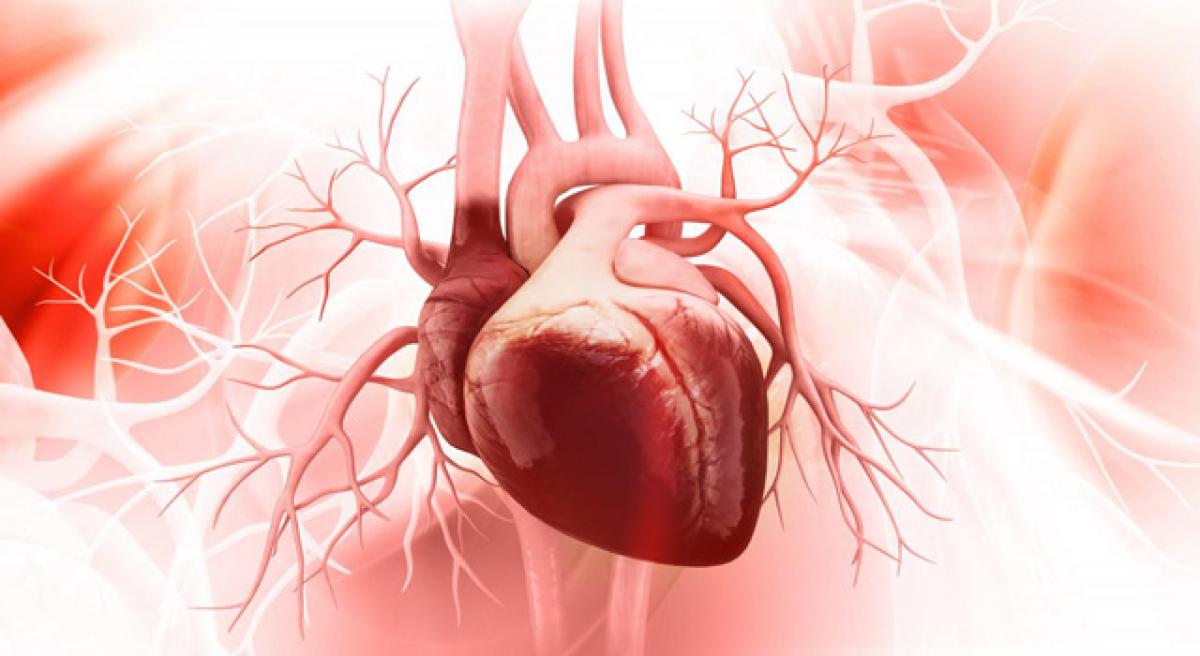Just In
Depression can increase fatality risk among heart patients


People who are diagnosed with coronary artery disease and then develop depression face a risk of death that’s twice as high as heart patients without depression, according to a major new study by researchers at Intermountain Healthcare in Salt Lake City.
People who are diagnosed with coronary artery disease and then develop depression face a risk of death that’s twice as high as heart patients without depression, according to a major new study by researchers at Intermountain Healthcare in Salt Lake City.
The increased risk of death from any cause holds true whether the depression immediately follows the heart disease diagnosis or occurs even years later, according to Heidi May, PhD, a cardiovascular epidemiologist at Intermountain Medical Center Heart Institute and the study’s lead author. She said the findings point out the importance of screening for and treating depression even years after someone is diagnosed with heart disease.
The research, one of a number of studies to explore the connection between heart disease and development of depression by researchers at Intermountain Medical Center Heart Institute, will be published on July 28th in the European Heart Journal – Quality of Care & Clinical Outcomes, one of Europe’s most prestigious peer-reviewed cardiovascular disease journal. Researchers found that post-coronary artery disease depression was the single biggest predictor of death and remained so even after researchers controlled for the other factors.
“No matter how long or how short it was, patients were found to have twice the risk of dying compared to those who didn’t have a follow-up diagnosis of depression,” Dr. May said. “Depression was the strongest risk factor for dying, compared to any other risk factors we evaluated. That included age, heart failure, diabetes, high blood pressure, kidney failure, or having a heart attack or stroke.”
That association didn’t change for patients who were previously diagnosed with depression before their heart disease diagnosis or for patients whose angiograms were performed for various reasons, which included stable angina, unstable angina, or heart attack.
Dr. May and the Intermountain Medical Center Heart Institute research team studied 24,138 patients who underwent angiographies, which determined they had coronary artery disease. To detect subsequent depression, the researchers looked at standardized diagnostic codes called International Classification of Diseases codes, or ICD codes.
Patients with depression were also placed into subcategories based on how long after their heart disease diagnosis the depression was identified. Dr. May said most studies have looked at depression at a single point in time, such as within 30 days of a heart event or at the time of heart disease diagnosis.

© 2024 Hyderabad Media House Limited/The Hans India. All rights reserved. Powered by hocalwire.com






